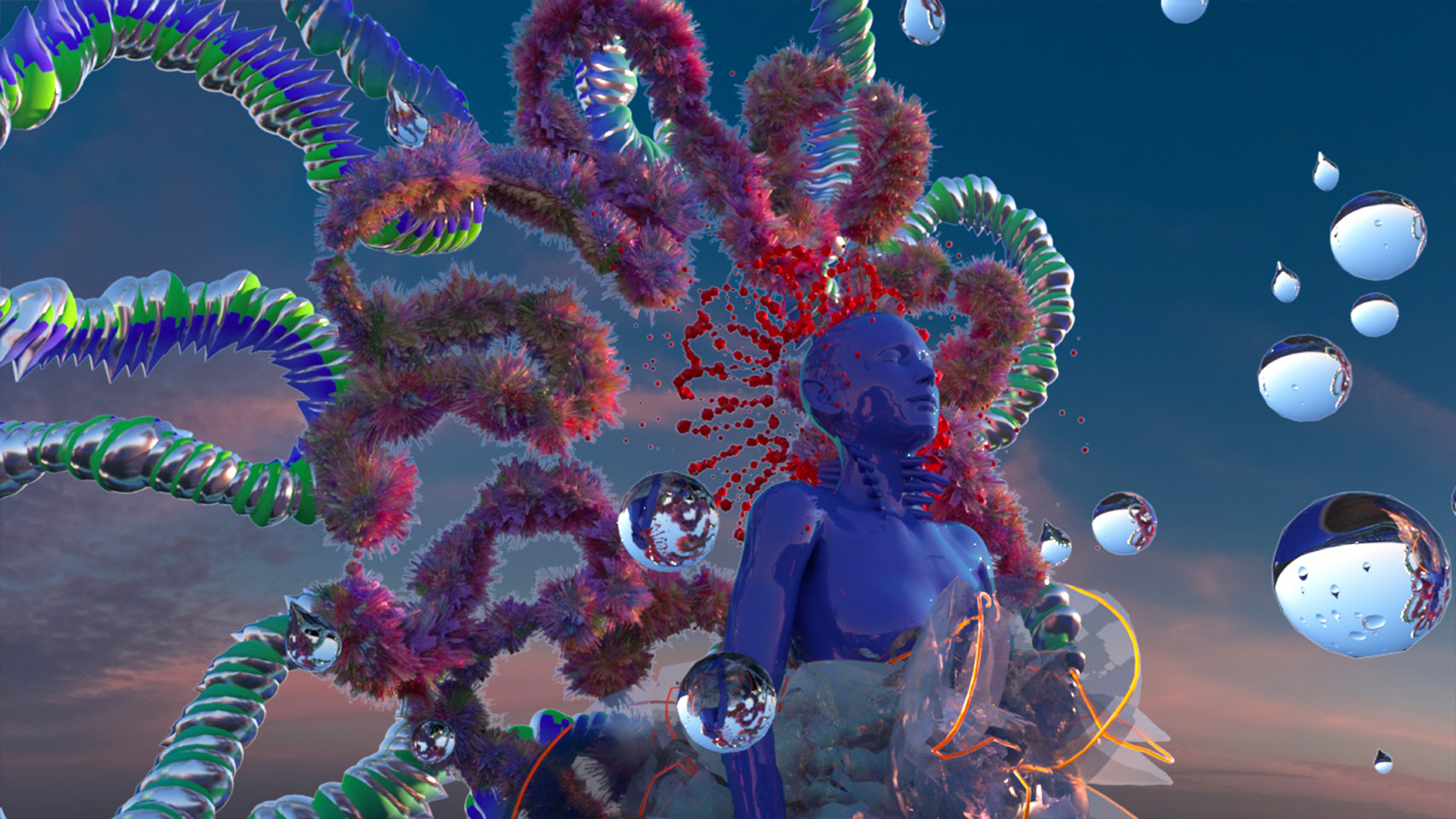
- Date
- 17 MAY 2023
- Author
- MIRA WANDERLUST
- Image by
- @XIAOLINGJINOFFICIAL
- Categories
- Aesthetics
Xiaoling Jin explores the future of garment technology building a bridge between the digital + physical worlds
Xiaoling Jin is an award-winning interdisciplinary creative whose practice focuses on the intersection of fashion, design & technology. Her practice focuses on bespoke fashion, fashion in the metaverse, the future of garment technology, and building a bridge between the digital and physical worlds. Applying her expertise in draping, pattern cutting, 3D modeling, AR; her work explores self-expression, emotional landscapes, and sustainability in the physical world as well as the metaverse.
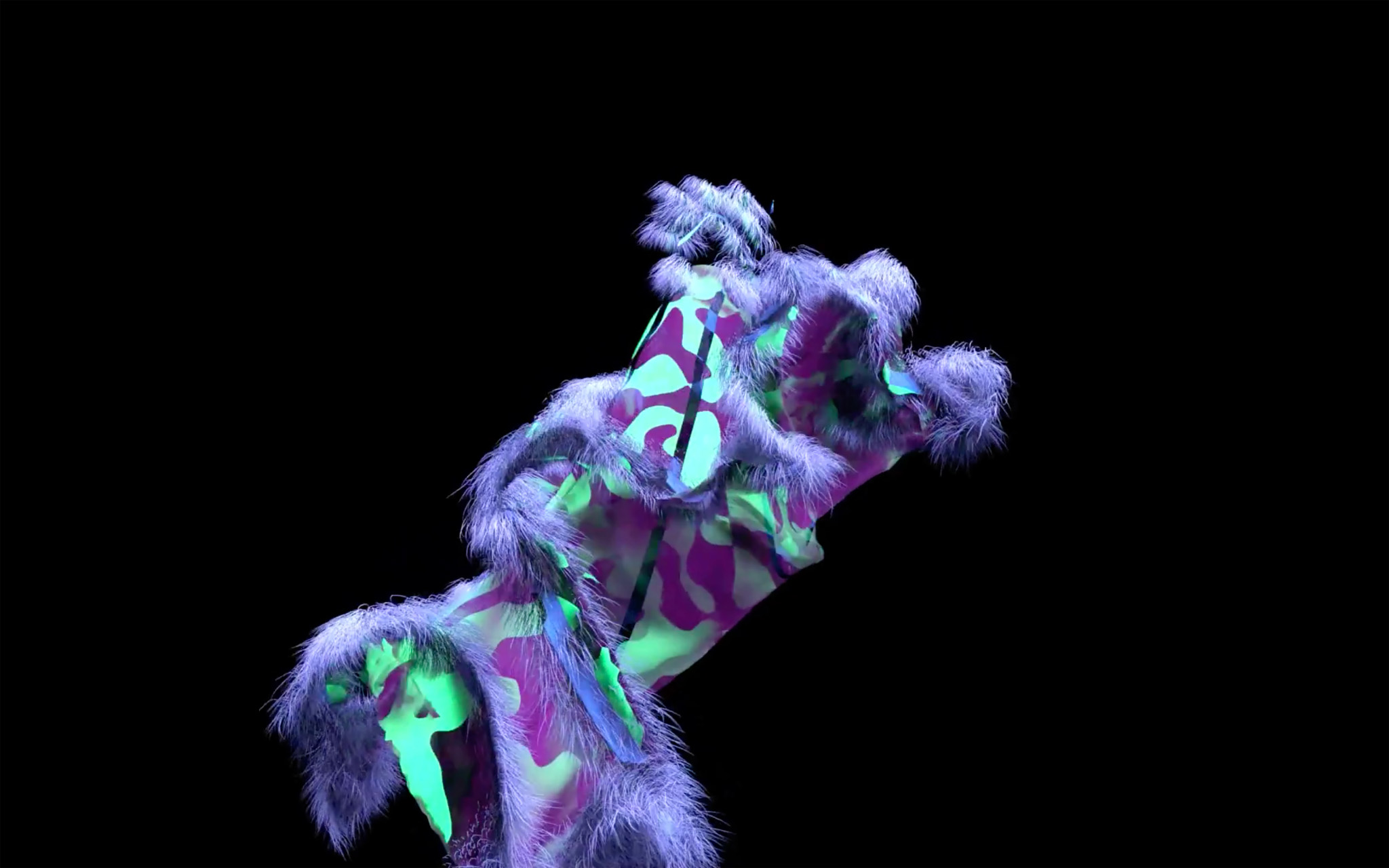
Based in London. Xiaoling graduated from the Royal College of Art MA fashion womenswear in 2021. She finished her BA fashion course at Bunka fashion college and Donghua University in Japan and China. Due to the creativity and diversity of the design, she got several design awards both in fashion and other collaborative fields and constant scholarships. She also leads several fashion projects and multidisciplinary projects. Xiaoling has professional skills in fashion and textile techniques as well as 3D software. Her multidisciplinary skills and interests bring her work to a crossover world between the digital and physical space. She always seeks to build an emotional connection between garments and wearers. Her work is informed by values such as community, sustainability, emotion, and full immersion into the future of garment technology.
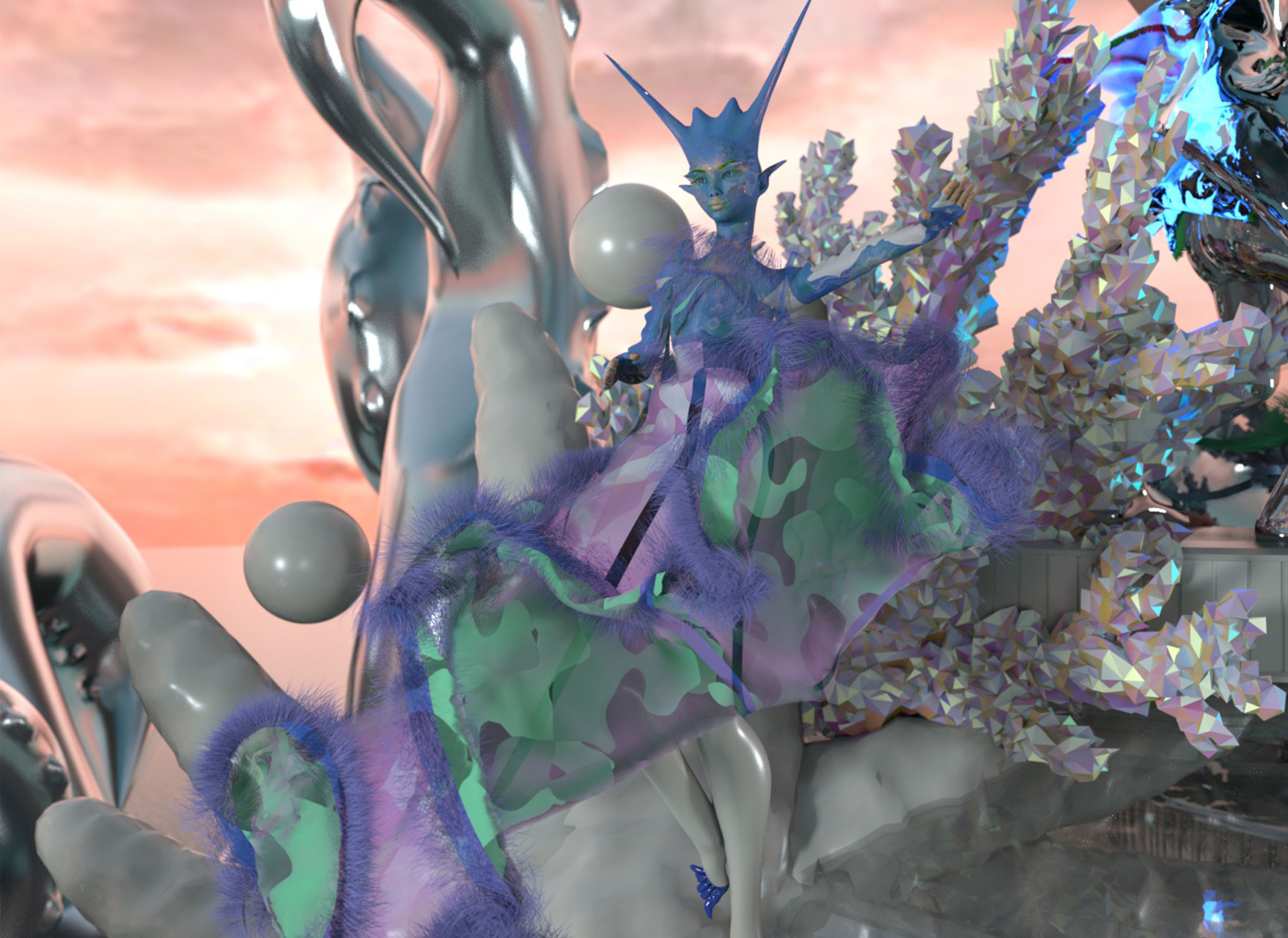
Tell us a little bit about yourself as a fashion designer and when was your first approach with fashion?
Hi I'm Xiaoling, a fashion and 3D designer. My practice focuses on the intersection of fashion, design & technology. My work focuses on bespoke fashion, fashion in the metaverse, the future of garment technology, and building a bridge between the digital and physical world. I explore self- expression, emotional landscapes, sustainability in the physical world, and the metaverse.
I have had a huge interest in art and fashion since I was young, I was intrigued by the styling and idea of mixing and matching clothing with my wardrobe. I was particularly intrigued by the variety in the structural form of fabrics and how it performs and articulates on my body. Also, styling my outfits is a form of self-expression.
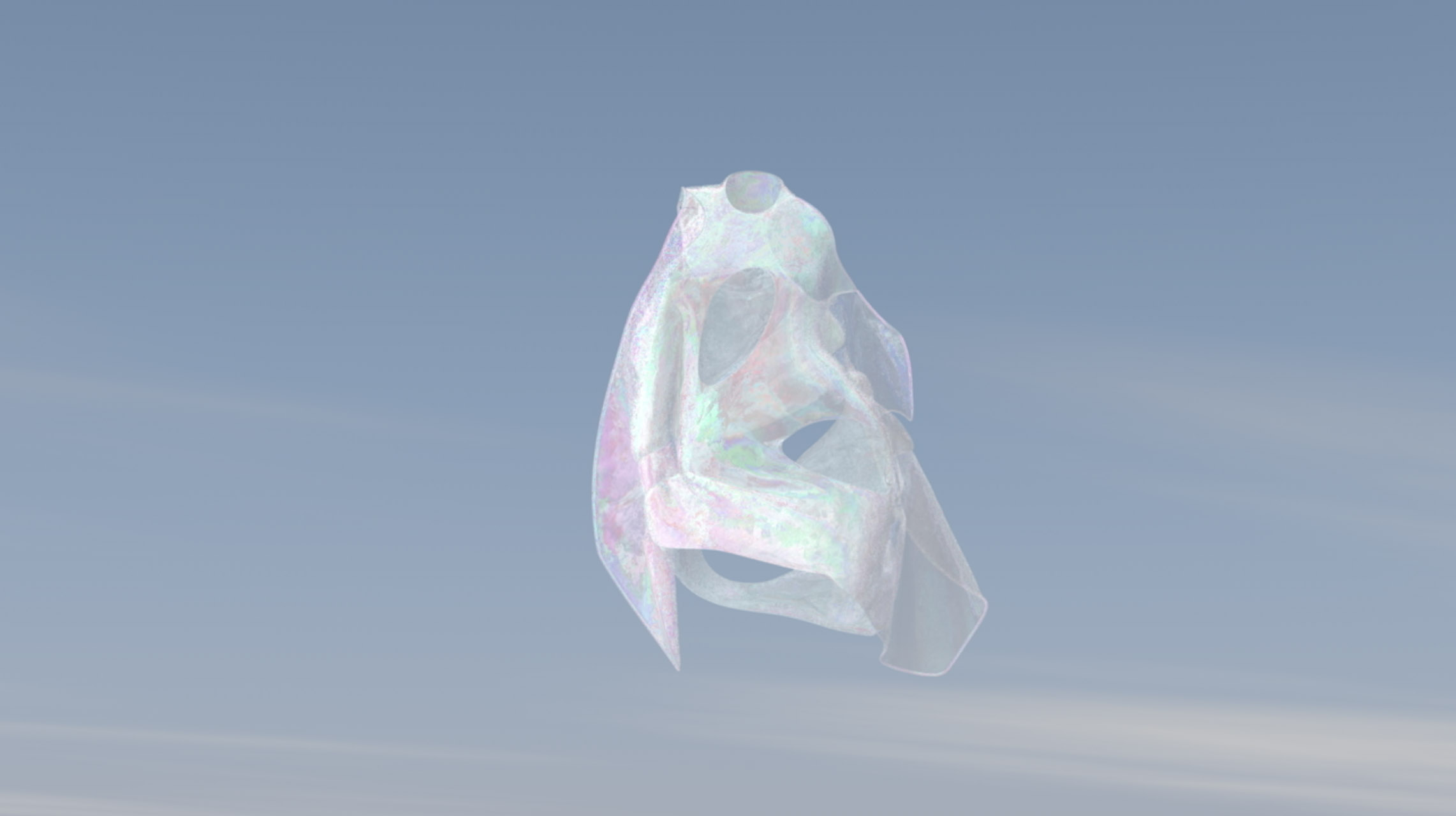
Everyone somewhere or another has been influenced by their childhood. Could you please walk us through your own progressing years? How was growing up for you? Was it certain for you what you were going to do growing up?
I was always fascinated by the world of fashion so I pursued my passion in fashion by studying it formally and embarking on a career in the industry.
However, while fashion remained my primary focus, I also had a long-standing interest in technology and gaming. I followed these fields closely, keeping up-to-date with the latest developments and trends, but I had never really explored how they might intersect with my creative pursuits. That all changed with the emergence of web 3.0 technologies, which opened up a whole new world of possibilities for creators like me. I was thrilled to discover how my interests in fashion and technology could come together in exciting new ways, and I've been exploring this intersection ever since. I'm excited to see where this journey takes me, and to continue pushing the boundaries of what's possible in the world of digital fashion.
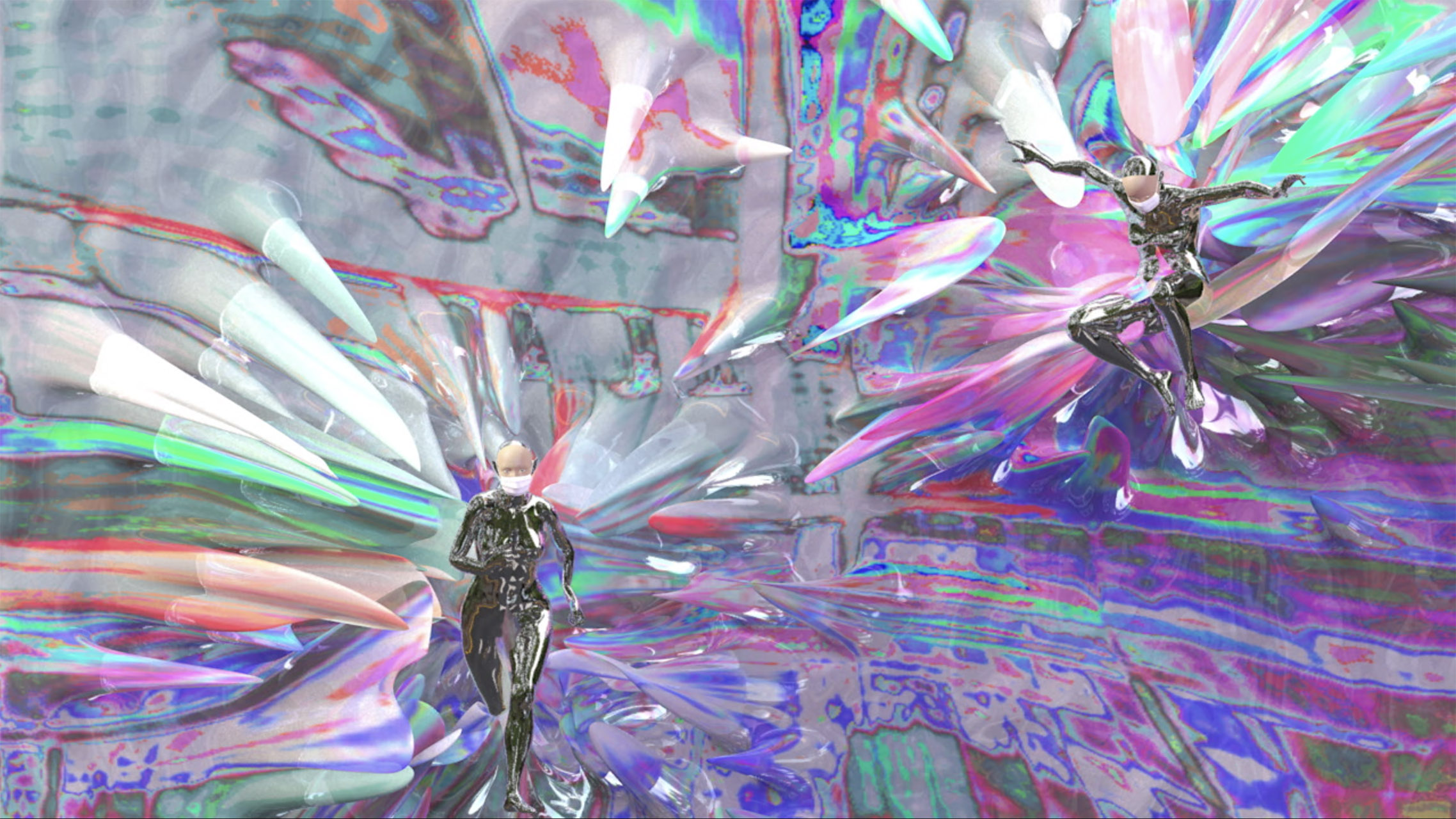
When was your first approach with digital fashion and why did you decide to explore it? What are the softwares you use to create digital garments?
Entering digital fashion was an interesting transition for me. Prior to this, my creative focus was mainly on physical clothing design and production. During my two years of study at the Royal College of Art in the UK, the school provided many lectures and interdisciplinary opportunities in technology and innovation, which sparked my interest in the digital world.
The COVID-19 pandemic and subsequent lockdowns provided an opportunity for me to explore the world of digital fashion. My creative vision has always been focused on building emotional connections between creators and users, as well as between clothing and wearers. However, as a highly physical industry, the limitations brought about by the pandemic, including restricted workspace, materials, and machinery, made it difficult for me to achieve my creative ideas. I have been following the sustainable development of the fashion industry and the problems caused by fast fashion. With more and more people expressing themselves through social media and virtual reality, and using clothing as a means of self-expression and identity exploration, I believe that digital fashion and NFTs can be the breakthrough for this demand. This is why I gradually shifted my focus towards digital fashion, embarking on my journey in this field.
I normally use CLO 3D,Cinema 4D, Zbrush, and Daz3D.
How did you decide to be part of Web 3.0? Introduce us to your artworks for it and how the process design was elaborated?
My decision to be part of Web 3.0 stems from a desire to explore new avenues for creativity in the fashion industry. My earliest approach to digital fashion was through my project MIRARI, which aimed to provide customers with a personalized, interactive experience when designing and visualizing clothing online. I believe that clothing is a medium for personal expression and lifestyle, and I draw inspiration from consumers' emotions and needs.
In my works, I use multimedia presentation forms such as virtual try-on, interactive games, and videos to establish an emotional bridge between creator and user, clothing and wearer. With the introduction of digital forms in the fashion industry, I find the changes it brings very exciting. As an artist who values pushing boundaries, I see digital fashion as an opportunity to bring new ideas and ways of doing things to the fashion industry. The lack of physical constraints in digital fashion allows artists to create more freely and achieve imaginative ideas.
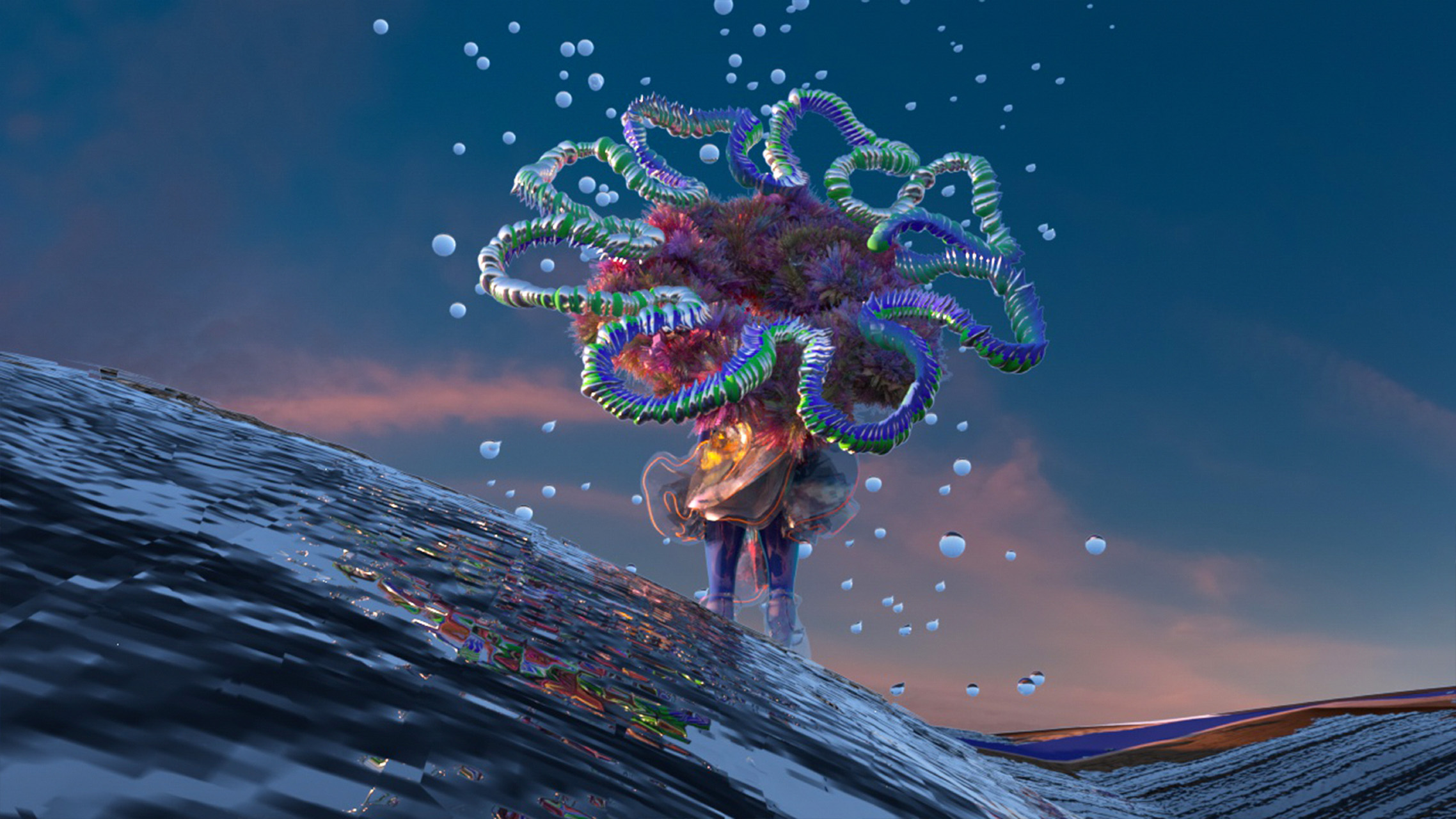
Your work encourages innovation and makes the knick-picking style a trend of its own. I wonder what kind of challenges you would have gone through when it came to approaching digital art as well?
Approaching digital art was definitely a new and exciting challenge for me, as I come from a fashion background with limited 3D knowledge. One of the biggest challenges I faced was understanding the technical aspects of digital art, such as how to use the software effectively and efficiently. This required a lot of trial and error, as well as watching tutorials and asking for advice from more experienced digital artists.
Another challenge was adapting my fashion design skills to the digital realm. I had to learn how to create textures and patterns digitally, as well as how to manipulate shapes and forms in a virtual space. This required a different approach than traditional fashion design. And there is a period of experimentation and exploration that is required to find my unique voice and style within digital art. I had to experiment with different techniques, tools, and styles to figure out what worked best for me and what resonated with my audience. This process took time and required me to be open to trying new things and stepping outside of my comfort zone.
How is your brand philosophy manifested and interpreted in the garments themselves?
Official e-ternity’s philosophy is manifested in digital fashion itself through the use of innovative and sustainable design. We aim to create a new era of digital fashion platform that is environmentally conscious and promotes a sustainable lifestyle. Our personalized digital garments are perfectly fitted for avatars of various shapes, showcasing our keen understanding of different forms and shapes.
We also use colors and materials to communicate our mission of environmental protection and sustainability. For instance, we incorporate plastic, metal, and neon colors in the collection eternity of wildlife- penguin’s clothes to illustrate the impact of pollution on the habitat of animals. This demonstrates our dedication and passion to educate our audience on the importance of a sustainable lifestyle and protecting the environment.
Overall, our unique aesthetics and environment-oriented mission are embodied in the digital fashion and avatars we create, making them not only fashionable but also meaningful and valuable assets in the field of digital fashion.
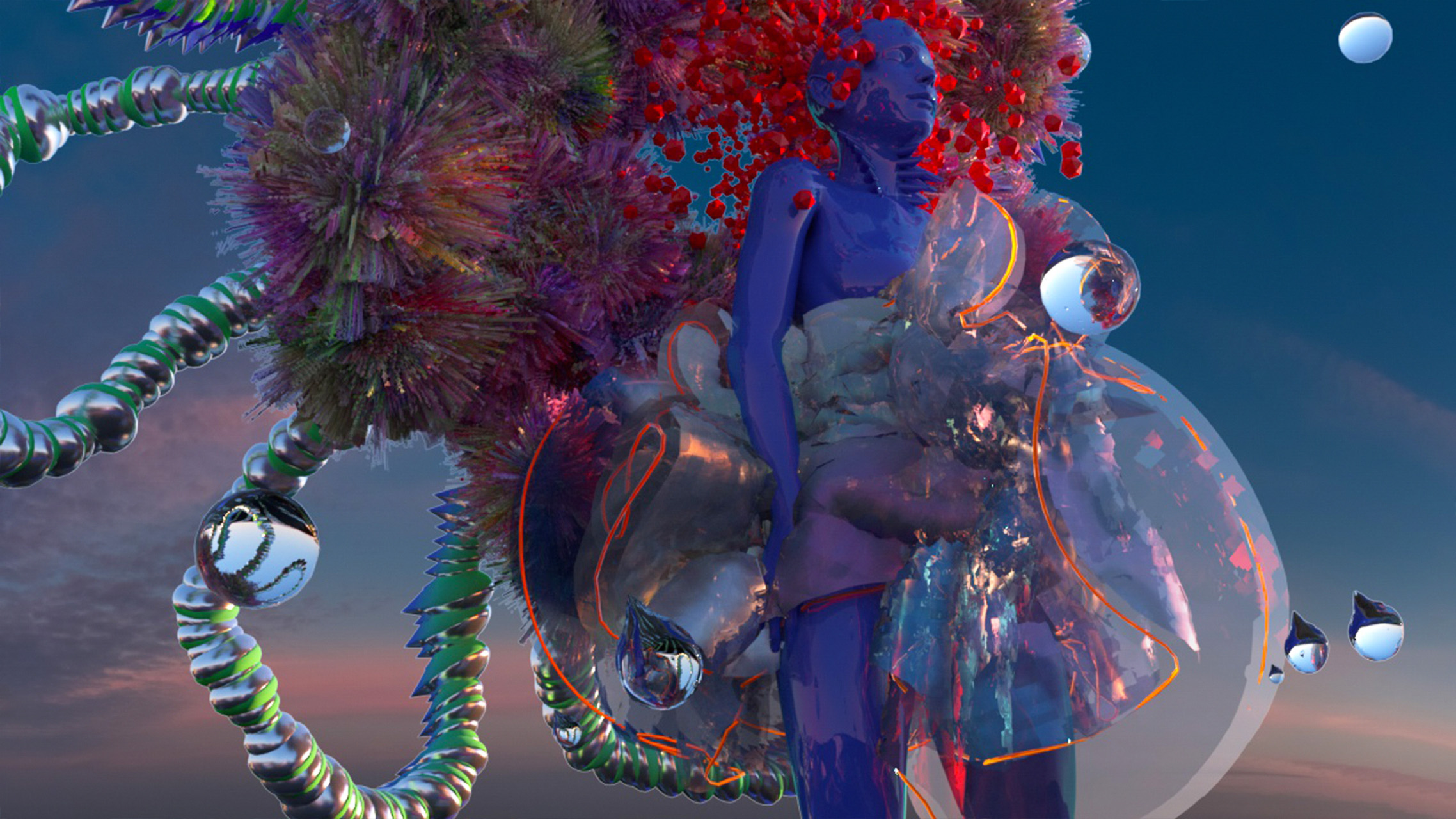
How do you face challenges in such a complex industry and how do you approach potential customers/stores? Are you stocked in some retail stores? Where?
Facing challenges in the digital fashion industry requires a combination of creativity, technical knowledge, and adaptability. As a digital fashion designer, I am constantly staying up to date with new technologies and trends in the industry, and I am always seeking to push boundaries and innovate in my designs.
We approach potential customers and stores by showcasing work through digital fashion platforms and social media channels, and by attending industry events. At the moment, our focus is on creating digital garments and NFTs for customers and brands through platform, Official e-ternity.
You’re both the creative and the business head of your company. How do you balance your time between the two?
I work closely with the creative director and operations officer to maintain a balance between the creative and business aspects of the company. The creative director oversees the creative direction of the brand while I provide expertise in digital fashion and lead the team in executing innovative ideas that align with our business strategy. We work collaboratively to ensure that both aspects are aligned and complement each other, which allows us to achieve our goals effectively.
To balance the demands of both roles, I prioritize time management and delegation. I dedicate a portion of my time to managing and leading our team, which includes delegating tasks and responsibilities to other team members. This allows me to focus on the business side of things such as strategy and operations while still having input and involvement in the creative direction of the brand.
How do you see your brand growing and evolving in the future?
At our digital fashion platform, we strive to lead the way in the ever-changing world of digital fashion. Our goal is to constantly innovate and explore new possibilities, while also promoting sustainability and inclusivity.
Moving forward, we plan to offer a wider range of diverse and inclusive virtual garments, immersive experiences, and collaborations with like-minded brands and individuals. We aim to continue to educate and inspire our audience about the importance of sustainability and responsible fashion.
To achieve this, we will develop new technologies and integrate them into our platforms, including AR, AI, and blockchain. By doing so, we will provide our customers with an even more interactive and immersive experience, while also increasing the value of our digital garments and NFTs.
A letter to your future self. What would you write?
Keep pushing the boundaries and innovating in the digital fashion space. Stay committed to sustainability and inclusivity, and continue to inspire and educate others. Embrace new technologies and stay true to your values. Stay driven and never stop growing.
